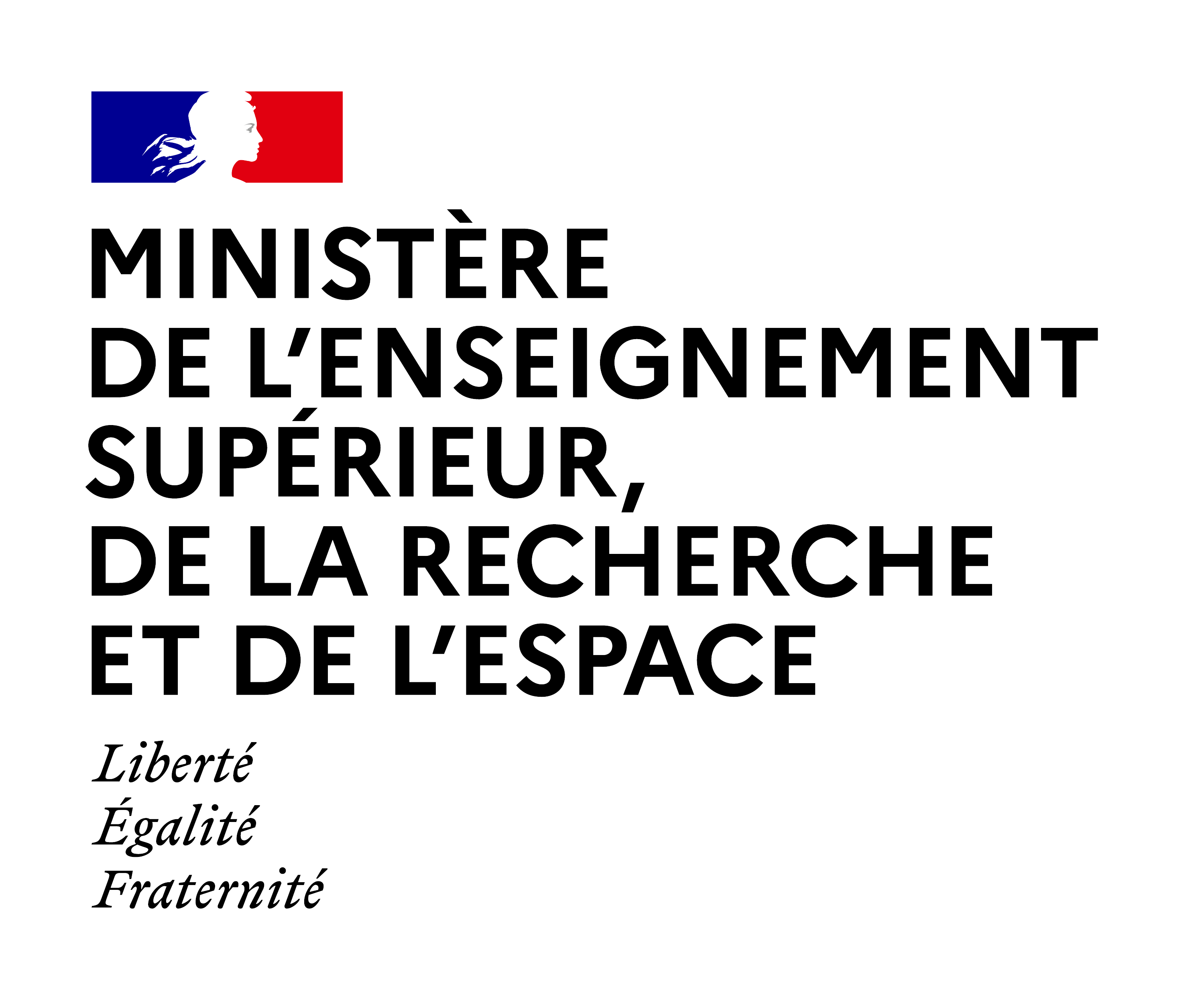ExpectedOutcome:
Liquid hydrogen carriers will play a significant role in diversifying Europe’s energy supply corridor, transporting hydrogen at large scale (>1,000 t H2/day) especially across longer distances. In this frame, liquid organic hydrogen carriers (LOHC) have attracted attention of Europe’s research and industry community. LOHC provide the possibility of transporting significant amount of hydrogen during hydrogenation/dehydrogenation cycles. Availability and degradation issues should be further studied to assess the large-scale potential of these liquid carriers. In addition, energy efficiency and environmental impacts have to be carefully addressed.
The hydrogenation of LOHCs can be performed close to centralised hydrogen production sites, but their dehydrogenation needs to be easily obtained locally for different applications. Many technical, environmental and economic challenges related to dehydrogenation step need to be overcome.
Project results are expected to contribute to all of the following expected outcomes:
- Contribute to Europe technology leadership, developing innovative reactors and catalyst for the dehydrogenation of LOHC, including integrated solutions for heat management and hydrogen purification;
- Reducing the use of critical raw materials in LOHC dehydrogenation reaction;
- Develop affordable business models related to the use of hydrogen carried on by LOHC for various applications, such as centralised and distributed power generation, shipping, heavy mobility, etc;
- Contributing to the understanding of Europe need in terms of infrastructure and regulation for the management of liquid hydrogen carriers;
- Foster the demonstration of the solutions developed in the project throughout Europe;
- Contribute to the social acceptance of hydrogen technologies, demonstrating safe solutions for hydrogen transportation by LOHC.
Project results are expected to contribute to all of the following objectives of the Clean Hydrogen JU SRIA: (especially for Pillar 2: Hydrogen storage and distribution – Sub Pillar: liquid H2 carriers):
- To continue the research on carrier cycling performance, chemistries, catalysis and reactors which show potential for improved roundtrip efficiency and life cycle assessment.
- Develop a range of hydrogen carriers that will be used commercially to transport and store hydrogen while improving their roundtrip efficiency and lowering their cost.
- Contribute to the SRIA KPIs on hydrogen carrier delivery cost, for 3000km ship transfer (Targets: 2024 = 2.5 €/kg, 2030 = <2€/kg);
- Contribute to the SRIA KPIs on hydrogen carrier specific energy consumption (Targets: 2024 = 17 kWh input/kgH2 recovered, 2030 = 12 kWh input/kgH2 recovered).
Scope:
State of the art systems for H2 recovery from LOHC require reaction units and catalysts operating at temperatures between 200 and 400 °C depending on the type of molecule. The application of heat sources to deliver the required thermal energy is a restricting challenge for selected organic liquids as a reliable hydrogen carrier. Moreover, components thermal losses, power consumed by pumps, and loss of hydrogen due to imperfect recovery in conventional separation and purification section represent other important issues to address for the next generation LOHC dehydrogenation plants.
The project should develop and demonstrate reactors and catalyst dedicated to the dehydrogenation of LOHC. In particular, the project should contain a set of principles applied in catalyst and reactor design, which can bring significant benefits in terms of process intensification and chain efficiency, lower capital and operating expenses, higher quality of products, less wastes and improved process safety. Therefore, it is of interest to develop and demonstrate, at prototype scale, low-cost catalysts and integrated reactors that can deliver hydrogen at a high rate per volume from LOHC dehydrogenation at relatively low temperatures and high conversion, so that zero-carbon pure hydrogen can be transported at long distances.
The proposal should contain:
- Development of catalyst (CRMs free catalyst or reducing of CRM use should be considered) for the LOHC dehydrogenation at lower temperature compared to the state of the art:
- ensuring the highest possible dehydrogenation reaction conversion (>95%);
- improving the overall thermal efficiency of the LOHC dehydrogenation step;
- providing high reliability, ease of operation, and cost-effectiveness to hydrogen production;
- an integrated system with high reliability, ease of operation, low materials degradation and cost-effectiveness to hydrogen production from LOHC.
- A fully CO2-free dehydrogenation process;
- A demonstration system, running for at least 500 hours and producing at least 10 kg H2/day at atmospheric pressure;
- Demonstration of the absence of contaminants, by-products and degradation products from the dehydrogenation of LOHC in real conditions (hydrogen quality according to ISO 14687:2019);
- Demonstration of scalability of the developed system to large-scale production (equivalent to the 100 t H2/day) for long distance transportation;
- A Life Cycle Assessment of the developed system in the frame of the whole supply chain: LOHC inventory and make-up, (de)hydrogenation steps, temporary storage, shipping, CRM net consumption, etc;
- Techno-economic analysis for the scalability of the developed system to large-scale production for long distance transportation, i.e. 1000 t H2/day, including centralised hydrogenation plant, storage, shipping and distributed dehydrogenation plants.
In order for the proposal to reach the expected outcome, the deliverables are expected to be disseminated at the end of the action to the hydrogen mobility and hydrogen refuelling infrastructure sectors and relevant working groups of the standardisation technical committee’s such as ISO TC 197, CEN TC 268, including the hydrogen purity standard ISO14687 and EN17124, related to hydrogen fuel sampling.
Proposals are expected to address sustainability and circularity aspects.
Activities are expected to start at TRL 3 and achieve TRL 5 by the end of the project.
The conditions related to this topic are provided in the chapter 2.2.3.2 of the Clean Hydrogen JU 2022 Annual Work Plan and in the General Annexes to the Horizon Europe Work Programme 2021–2022 which apply mutatis mutandis.





